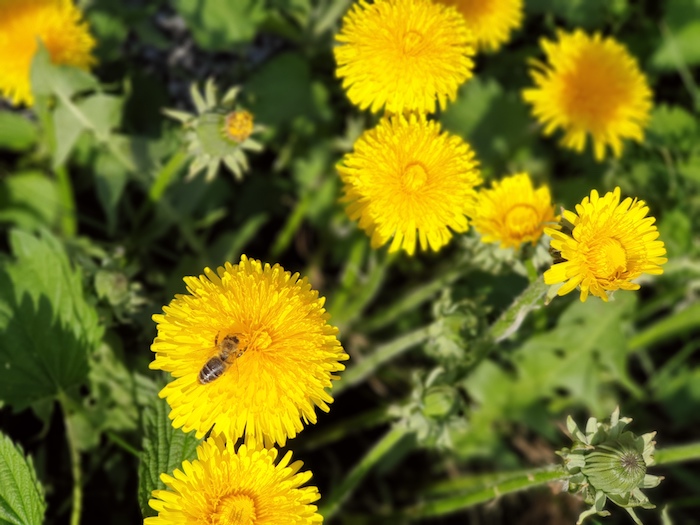What to do with dandelion?
Spring is here! I repeat, spring is here! And with spring comes dandelions (Taraxacum officinale). I know most people see them as invasive lawn weeds but in reality they’re pretty amazing. From flower to root, dandelions are packed with nutrients and have been used in traditional medicine for centuries. I’m not going to write about the health benefits since you can find that all over the internet (here for example). Instead, I want to tell you about all the cool things you can do with dandelion.
Eat dandelion greens
Eating dandelion greens is probably the most obvious thing you can do. They can be enjoyed raw in salads or cooked like your usual leafy greens. The leaves are bitter and that’s normal but they taste best when harvested in the beginning of spring, before the plant starts flowering. Later on, you can still eat them but make sure you pick young leaves only. Besides, a splash of lemon juice or balsamic vinegar will to wonders when it comes to balancing the bitterness.
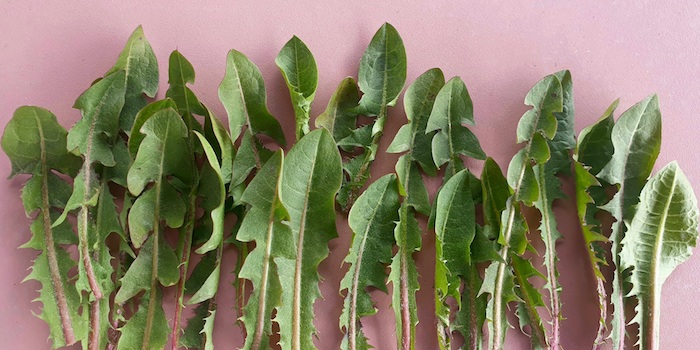
Make capers with dandelion flower buds
If you look at the center of a dandelion, you will find small flower buds. You can of course eat them fresh or you can pickle them using a 1/3 water and 2/3 vinegar brine with salt and spices. place the buds in a jar. Bring the brine to a boil and pour over the buds. Close the jar and flip it upside down. For longer preservation, you can also boil the closed jar for 10 minutes. If you are familiar with lacto-fermentation, you can also process the buds that way.
Infuse vinegar with dandelion flowers
If you are a bit late to the party and all the dandelion flowers have bloomed, don’t worry! The yellow petals taste amazing. Make vinegar with them and pimp your dressings. It’s as easy as pie. Fill up a jar with dandelion flowers, cover in vinegar, infuse for 6 weeks and strain. Some people also use leaves and roots as well but in my opinion, they overpower the subtle taste of petals. In fact, if you are patient enough, try removing all the green parts from the flower and use the petals only. Your taste buds will thank you.
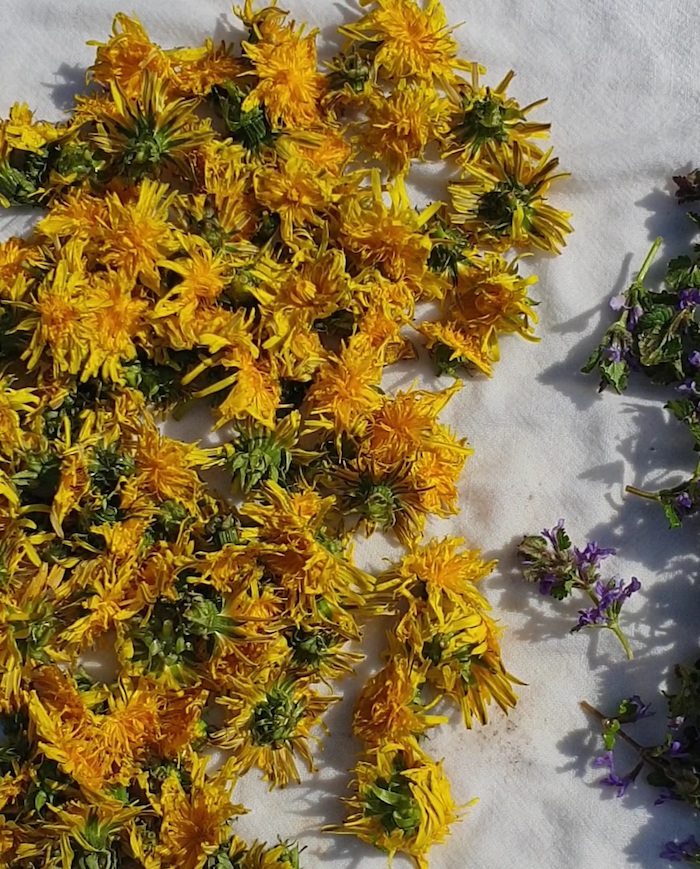
Make dandelion oil
Dandelion oil is great for dry skin. In order to make it, you will need to dry lowers for 24 to 48 h. Place the dried flowers in a transparent container, cover with your oil of choice. I like to use sunflower seed oil as it it non-comedogenic, local and affordable but any oil will work. Let the mixture sit by a sunny window for 2 weeks and strain. Store in a dark and cool place for up to 6 months. Use the dandelion oil on its own or as an ingredient in other cosmetics.
Turn dried dandelions into tea or coffee
Dandelion tea is usually made from dried roots but can also include leaves and flowers. It has been used as a herbal medicine for centuries and is mainly recognized for its depurative and diuretic properties. It also happens to taste great. Depending on which part you use, the taste will change. Tea made from the flowers will taste sweet while the leaves will taste herbal (shocker!). If you happen to be more of a coffee person, roast the roots until they are dry and brown. Boil about two tablespoons (or more) roasted roots in 500ml of water. For more details, check out this recipe
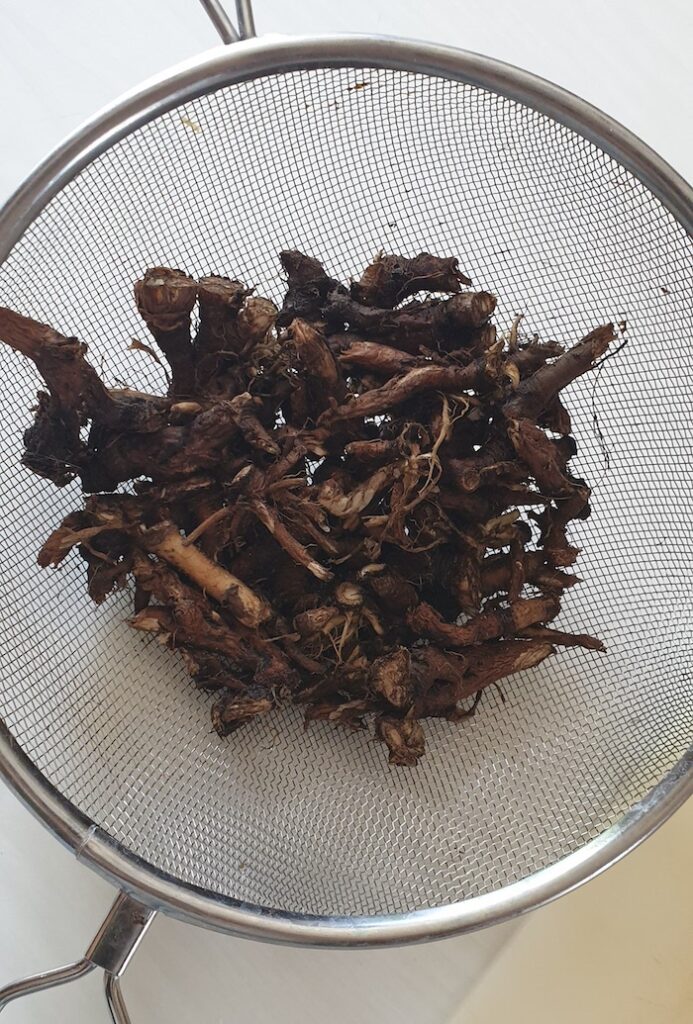
Make dandelion honey, jelly or syrup
To make dandelion honey, jelly or syrup, everything starts with petals. Petals only. The process starts by brewing a strong dandelion tea by boiling the petals in water with lemon and letting the mixture sit overnight. Next comes the sugar (1kg of sugar for 1.5L of liquid). Simmer until desired consistency. Use apple juice or pectin according to package instructions in order to make jelly. Check out the dandelion recipe here and dandelion jelly recipe here.
Dandelion can become wine
Dandelion wine is like a reward. It takes time to make but it tastes so good that it’s worth the wait. Think months. Once again, it starts with dandelion tea and citrus but instead of only adding sugar, you’re also going to use yeast. My favourite recipe is this one and it calls for active dry yeast. If you have access to wine yeast, use that instead for even better results.
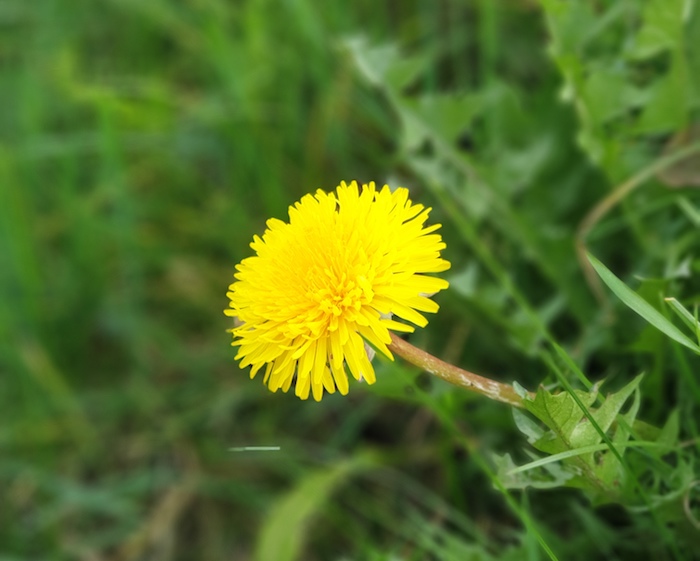
Wart treatment with dandelions
Last but not least, you can use the sticky white sap from dandelion flower stems to treat warts. Just squeeze out the liquid and apply on the wart at least twice a day until it disappears.
It’s no coincidence that dandelion is my favourtite plant. There is so much you can do with it! And if you liked this list, I wrote a similar one about what to do with daisies.

